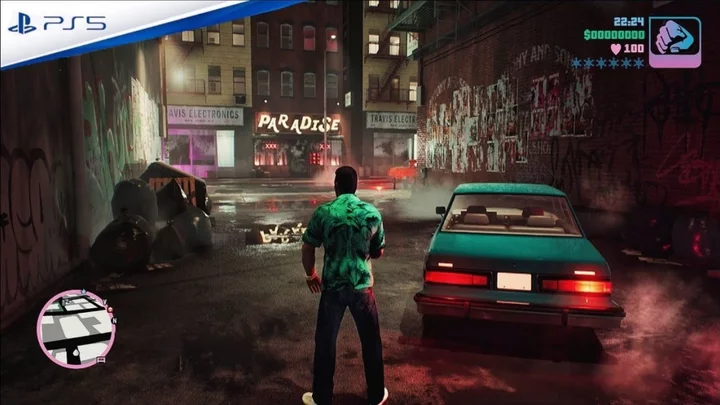
GTA 6 fans convinced Rockstar post has just confirmed game's setting
At this point, the setting of Grand Theft Auto 6 isn't up for debate. It'd be a huge shock to see Rockstar Games swerve the much rumoured Vice City, Florida setting. Of course, there's been no official confirmation of the game's setting or any further details as fans await a hotly-anticipated trailer in early December, but a number of big leaks have pointed directly to GTA 6 following up on Grand Theft Auto: Vice City with a trip to the Sunshine State. With only 'unofficial' signs pointing to Vice City, fans have taken a recent post from Rockstar Games as a pre-trailer confirmation that the GTA series is heading back to Florida, and that the map will be based around Vice City. An X account, GTA 6 Trailer Countdown, posted a capture of a Rockstar Games with the following message: "Rockstar Games just dropped some merch including “IVC” sticker and Vice City-themed socks ahead of the GTA 6 reveal in December." This has lead to speculation that Rockstar have all but 'confirmed' Vice City as the setting of the game. However, some fans aren't convinced that the merch drop means anything at all: For now, it seems like all signs point towards a Vice City comeback judging on the leaks that have already occurred, and a return that should be announced very soon. In the meantime, you can pick up your Vice City merch here. Sign up to our free indy100 weekly newsletter Have your say in our news democracy. Click the upvote icon at the top of the page to help raise this article through the indy100 rankings.
2023-11-29 20:55
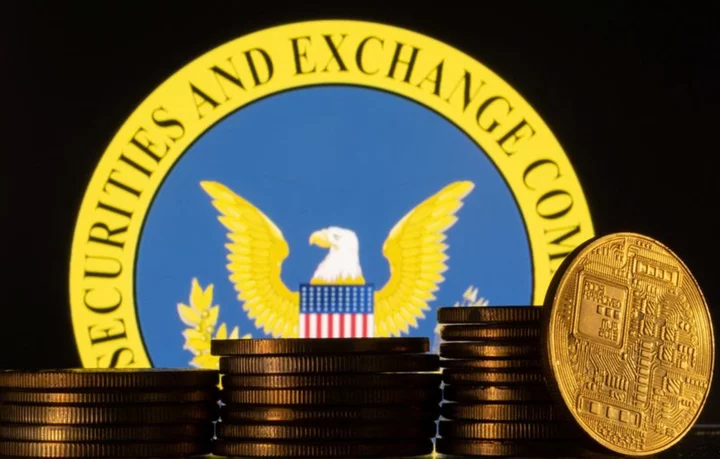
US tightens crackdown on crypto with lawsuits against Coinbase, Binance
By Jonathan Stempel, Hannah Lang and John McCrank NEW YORK The top U.S. securities regulator sued cryptocurrency platform
2023-06-07 09:46
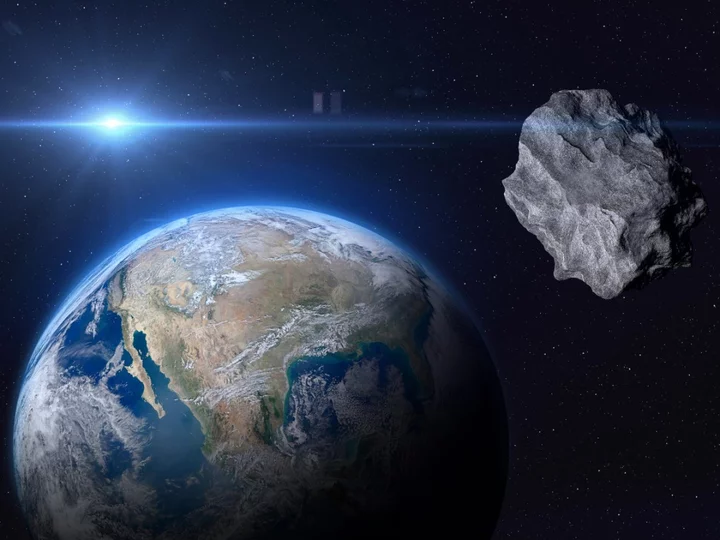
Algorithm finds 600-foot, ‘potentially hazardous’ asteroid near Earth
An algorithm has spotted a nearly 600-foot, potentially hazardous asteroid near Earth. The tool is intended to find dangerous objects in Earth’s vicinity, to allow scientists to better track them and understand any threat they might pose. The new discovery is the system’s first detection of a “potentially hazardous” asteroid, a term that is used for those rocks that are near enough and possibly threatening enough to cause a danger to Earth. An asteroid gets the designation if it is within about 5 million miles of Earth’s orbit. The asteroid, known as 2022 SF289, does not pose any threat to Earth for the foreseeable future. Its closest approach brings it 140,000 miles from Earth – closer to us than the Moon, but still far enough away to be safe. But the creators of the algorithm said that it showed that the system could be used to detect others in the future – some of which may pose a threat to life on Earth. “By demonstrating the real-world effectiveness of the software that Rubin will use to look for thousands of yet-unknown potentially hazardous asteroids, the discovery of 2022 SF289 makes us all safer,” said scientist Ari Heinze, the principal developer of the algorithm, known as HelioLinc3D. Astronomers are looking forward to switching on the Vera C. Rubin Observatory, in Chile, in 2025. It will allow for a much more detailed view of the night sky. They hope that it can be used to spot more potentially hazardous asteroids, or PHAs. But the extra detail will also make more work for those poring through the data to find them, and so algorithms will be important to helping that work. HelioLinc3D is one such algorithm, and was built specifically to find asteroids within the Rubin observatory’s dataset. Though the equipment is not yet switched on, its creators looked to test whether it would successfully be able to find asteroids when it is looking through that data. The discovery of 2022 SF289 suggests that it will be. It was found in data from the ATLAS survey, based in Hawaii. ATLAS had actually seen the object three times on four separate nights, but an asteroid has to be seen four times on one night to be identified as a near-Earth object. “Any survey will have difficulty discovering objects like 2022 SF289 that are near its sensitivity limit, but HelioLinc3D shows that it is possible to recover these faint objects as long as they are visible over several nights,” said Denneau. “This in effect gives us a ‘bigger, better’ telescope.” Until now it had also been missed because it was passing in front of the busy and bright stars of the Milky Way. But scientists were able to confirm the existence of the object by looking back through data when they knew where to look. Scientists are aware of 2,350 PHAs already, but expect there are 3,000 out there waiting to be found. “This is just a small taste of what to expect with the Rubin Observatory in less than two years, when HelioLinc3D will be discovering an object like this every night,” said Rubin scientist Mario Jurić, director of the DiRAC Institute, professor of astronomy at the University of Washington and leader of the team behind HelioLinc3D. “But more broadly, it’s a preview of the coming era of data-intensive astronomy. From HelioLinc3D to AI-assisted codes, the next decade of discovery will be a story of advancement in algorithms as much as in new, large, telescopes.” Read More Reddit closes Place after obscene protests Kenya suspends eyeball-scanning crypto worldcoin Google warns Gmail users they could be about to lose their account Reddit closes Place after obscene protests Kenya suspends eyeball-scanning crypto worldcoin Google warns Gmail users they could be about to lose their account
2023-08-04 00:18
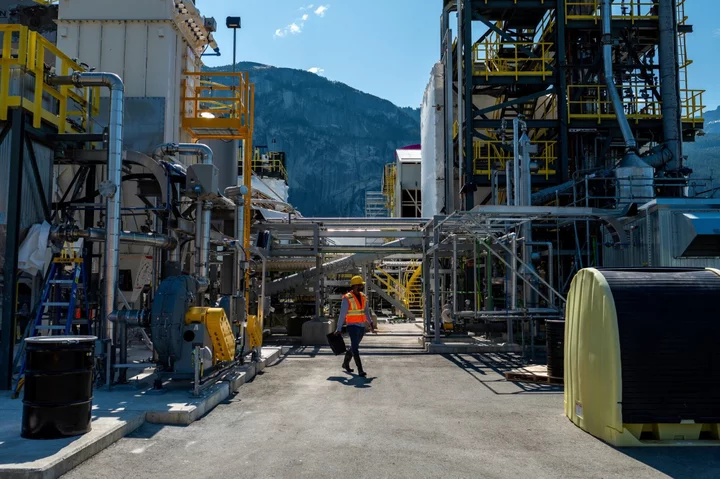
Canada Bans Some Fossil Fuel Subsidies, Meeting Decade-Old G-20 Pledge
Canada introduced guidelines to ban some fossil fuel subsidies, targeting those that disproportionately benefit oil and gas, solely
2023-07-25 00:00
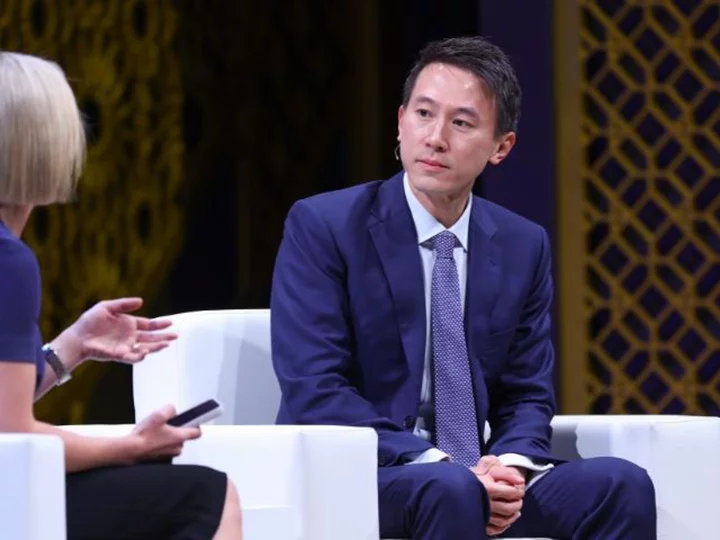
TikTok CEO says 'we will prevail' against Montana ban
TikTok CEO Shou Chew vowed Tuesday that his company's legal battle against Montana will succeed, after the state passed a law that would ban the app from personal devices starting in January.
2023-05-24 01:19

Google launches SynthID, an AI image watermark that's invisible to the naked eye
The problem with AI-created images is that, well, AI is creating images. That means a
2023-08-30 01:18
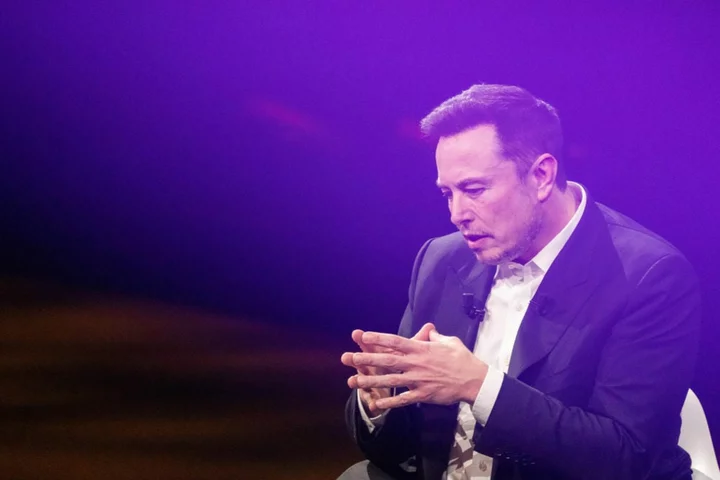
Musk admits Twitter cash flow is still negative, lost 50% of ad revenue
After drastic cost-cutting measures and various efforts to monetize the platform, Twitter is still in
2023-07-16 03:29
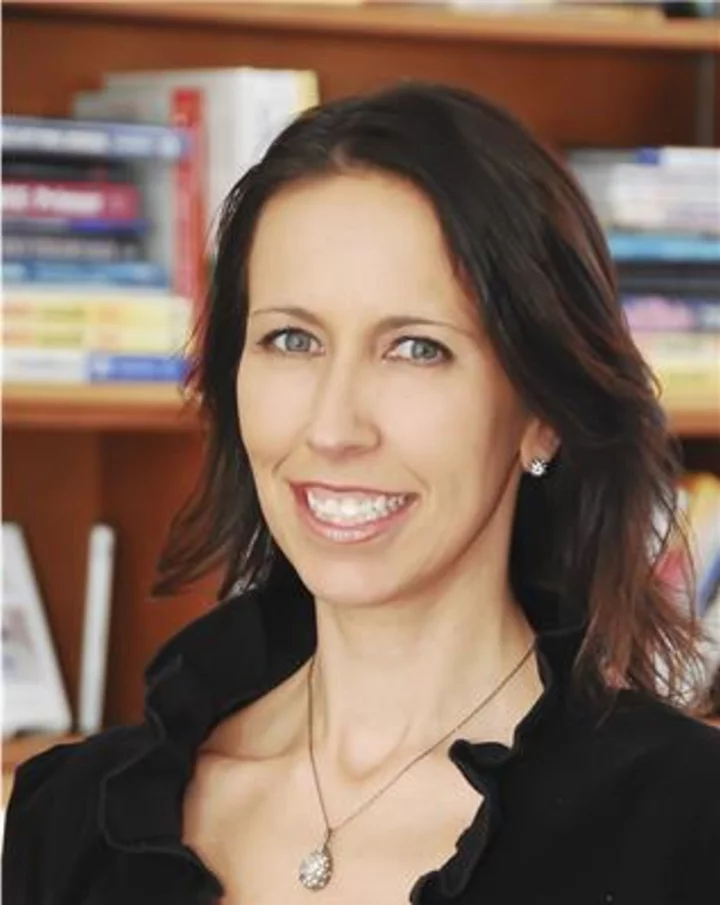
SME Announces New Initiative in Partnership with Community and Technical Colleges to Address the Manufacturing Industry’s Workforce Shortage and Skills Gap Crisis
SOUTHFIELD, Mich.--(BUSINESS WIRE)--Aug 30, 2023--
2023-08-31 00:24
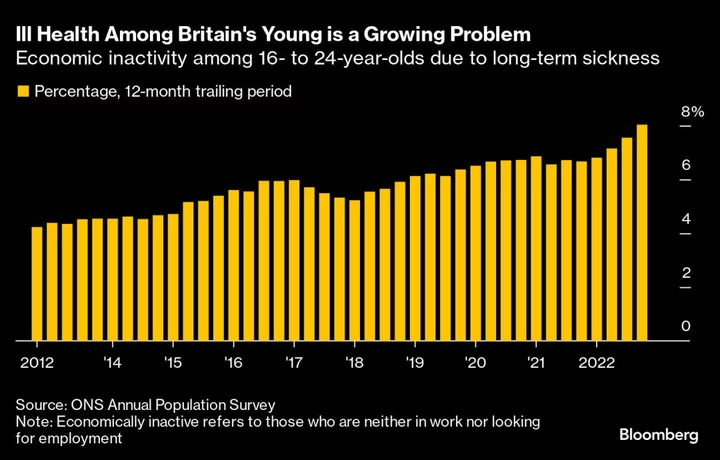
Wealth, Social Class Impact How Gen Z Plan Their Future
The next generation of Britain’s workforce is set to receive exam results today that will determine their future
2023-08-17 14:56
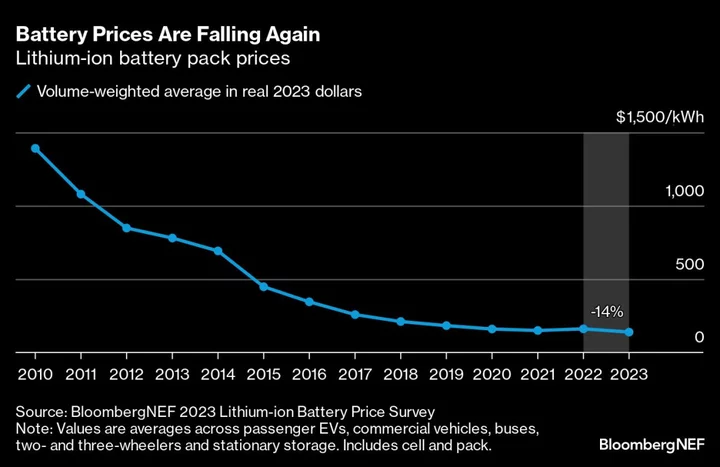
Battery Prices Are Falling Again as Raw Material Costs Drop
As the auto industry grapples with how to make affordable EVs, the task may get easier by one
2023-11-27 06:52

The best Nintendo Switch deals ahead of Prime Day 2, from games to holiday bundles
There's a slew of Nintendo Switch deals up for grabs at major retailers ahead of
2023-10-07 19:58

Dedicated Nextracker Manufacturing Line at New MSS Steel Factory to Bring New Jobs and Millions of Dollars in Investment to Tennessee Valley Region
MEMPHIS, Tenn.--(BUSINESS WIRE)--May 18, 2023--
2023-05-18 13:59
You Might Like...
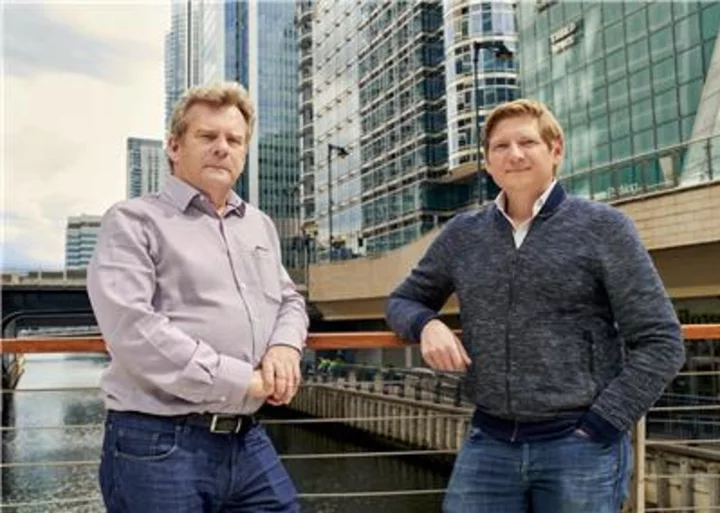
Corlytics and Clausematch Come Together to Redefine RegTech
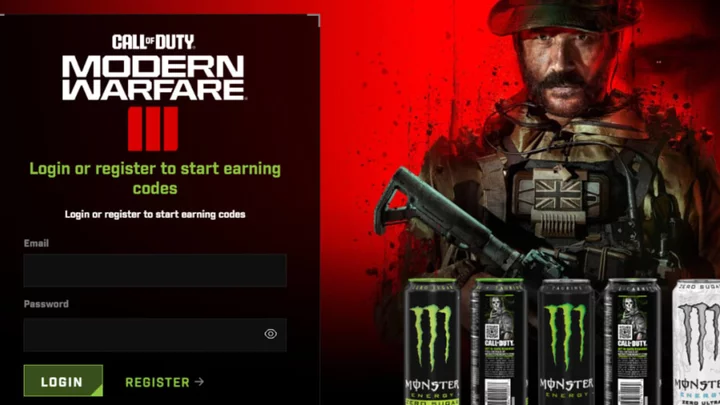
How to Get and Redeem MW3 Monster Energy Codes
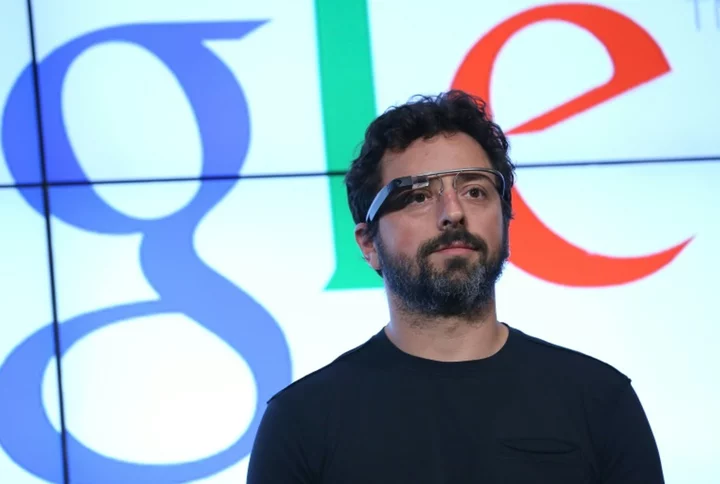
Microsoft, Google beat earnings expectations amid AI frenzy

The Best NAS (Network Attached Storage) Devices for 2023
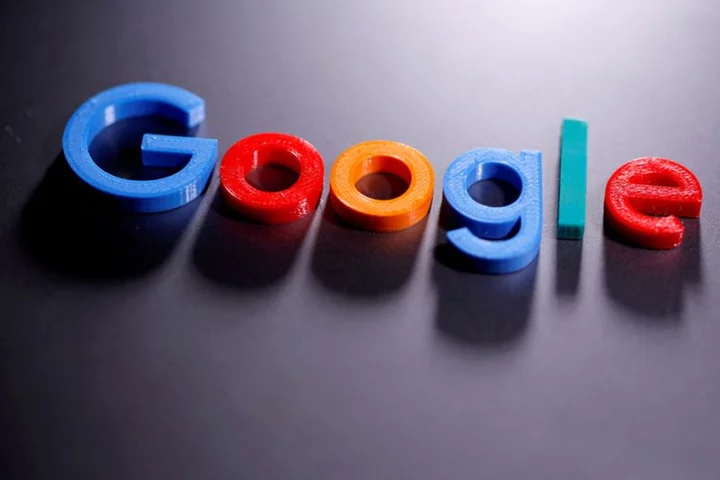
Explainer: How is the new Google AI search different from Bard chatbot?
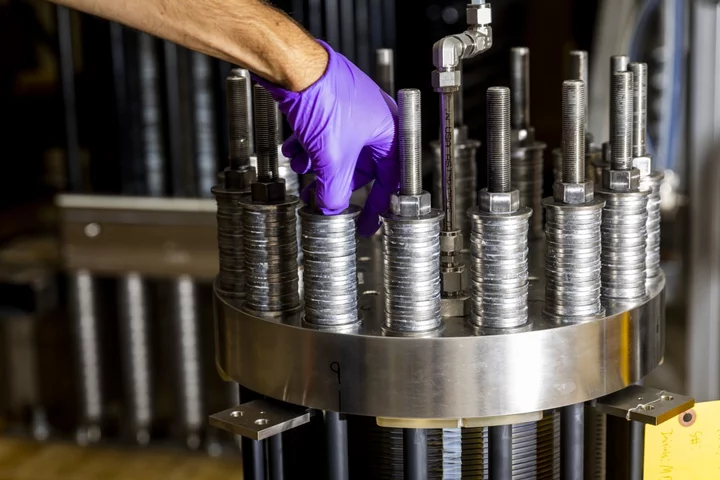
Denmark’s Topsoe Plans $300 Million US Factory to Build Hydrogen Electrolyzers
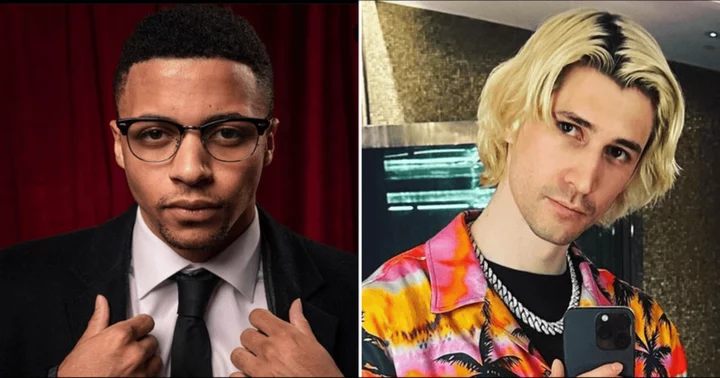
Who is Myth? xQc reacts to 'Fortnite' pro’s ‘flawless’ impersonation of Kick streamer
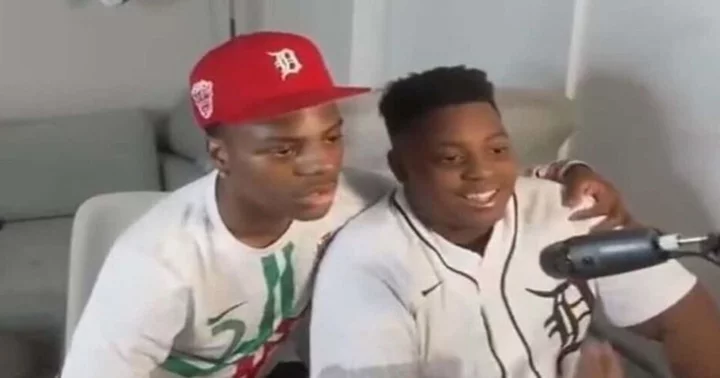
IShowSpeed’s brother opens up about getting bullied for 'weight' at school after 'IShowMeat' incident
